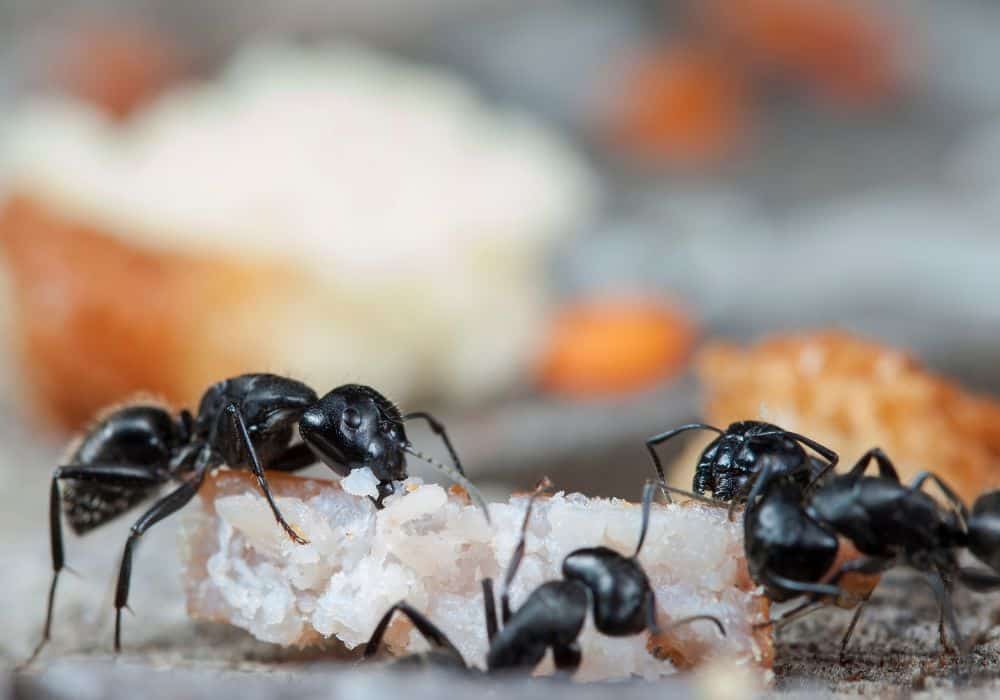Ants are strange insects to categorize. Depending on the types of ants and where we encounter them, we can view them either as beneficial or as pests. One place where you absolutely never want to see an ant nest, however, is your car.
If that’s happened to you, you’re very likely wondering “How do I get rid of ants in car interior spaces?!” And, indeed, this can often be a tricky question to answer as some common ant species can be extraordinarily difficult to get rid of through conventional methods, especially if you can’t do much to take the interior of your car apart.
How do I get rid of ants in my car?
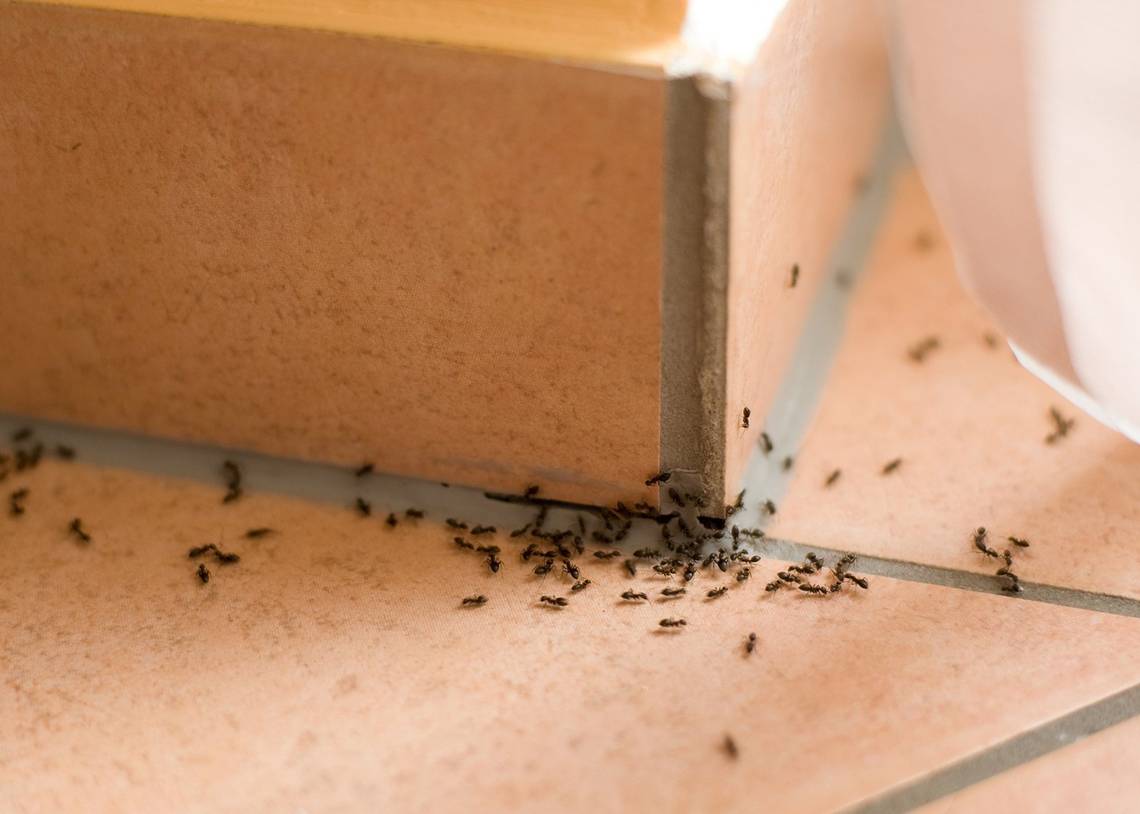
Image Credit: newsobserver
The basics of getting ants out of a vehicle are the same as those of getting them out of your home. There are some factors that often complicate things, however, such as the presence of smaller and harder-to-access places in vehicles or the fact that the ant problem often isn’t centered inside the vehicle but keeps coming to it from the outside.
This can change the way we approach the issue compared to domestic ant infestations. For the whole endeavor to be as successful and as smooth as possible, you must first answer two key questions – what type of ants you’re dealing with and why exactly are they in your car in the first place?
Why are there ants in my car?
Ants go into cars for the same two reasons they go anywhere else – 1) to look for food and 2) to look for suitable places to settle a new colony. These two reasons lead to quite different outcomes, however, as the former means that the ants are “just visiting” while the latter means they’ve settled in to stay.
- A colony
Fortunately, ants will rarely settle an entire colony inside a vehicle as that’s just not overly practical for them. Ants prefer to set up their queens’ nests in safe places with a secure environment they can patrol and control.
That being said, if your car hasn’t been used in a while, a new ant colony very well may think that the glove compartment, the undercarriage, or a seat is a suitable spot for a nest – after all, they don’t know what “a vehicle” is or that it sometimes moves around.
- Foraging for food
The more common scenario will usually just be that ants are visiting your car from the outside in search of food. This will often happen when you’ve started regularly parking your car next to ant nests – or if those have settled near your garage or park space – and if you tend to leave candy wrappers or other food wrappers, uncleaned crumbs, or pieces of food in your car instead of cleaning them.
In such cases, it’s perfectly normal for some scout ants to wander off inside your vehicle, find out the easily available food source inside of it, and start leaving out pheromone trails for the worker ants to follow.
Such a pheromone trail can be followed and re-established continuously for quite a long time even if you use your car daily – when the car is parked near the ant colony, the worker ants will simply follow the pheromones and swarm the vehicle, and when the car is on the move, the ants will be hitting a dead end but they will still try again later on, leading to a near-permanent ant presence in the vehicle even without a colony.
Understanding the difference between these two types of ant infestation is important as they require different treatments. If the ants are merely foraging for food inside your car, all you’d need to do is get rid of most of them and cut out the pheromone trail leading inside your vehicle. If you’re dealing with a full-blown ant colony under the upholstery, you’re going to need to take more serious measures.
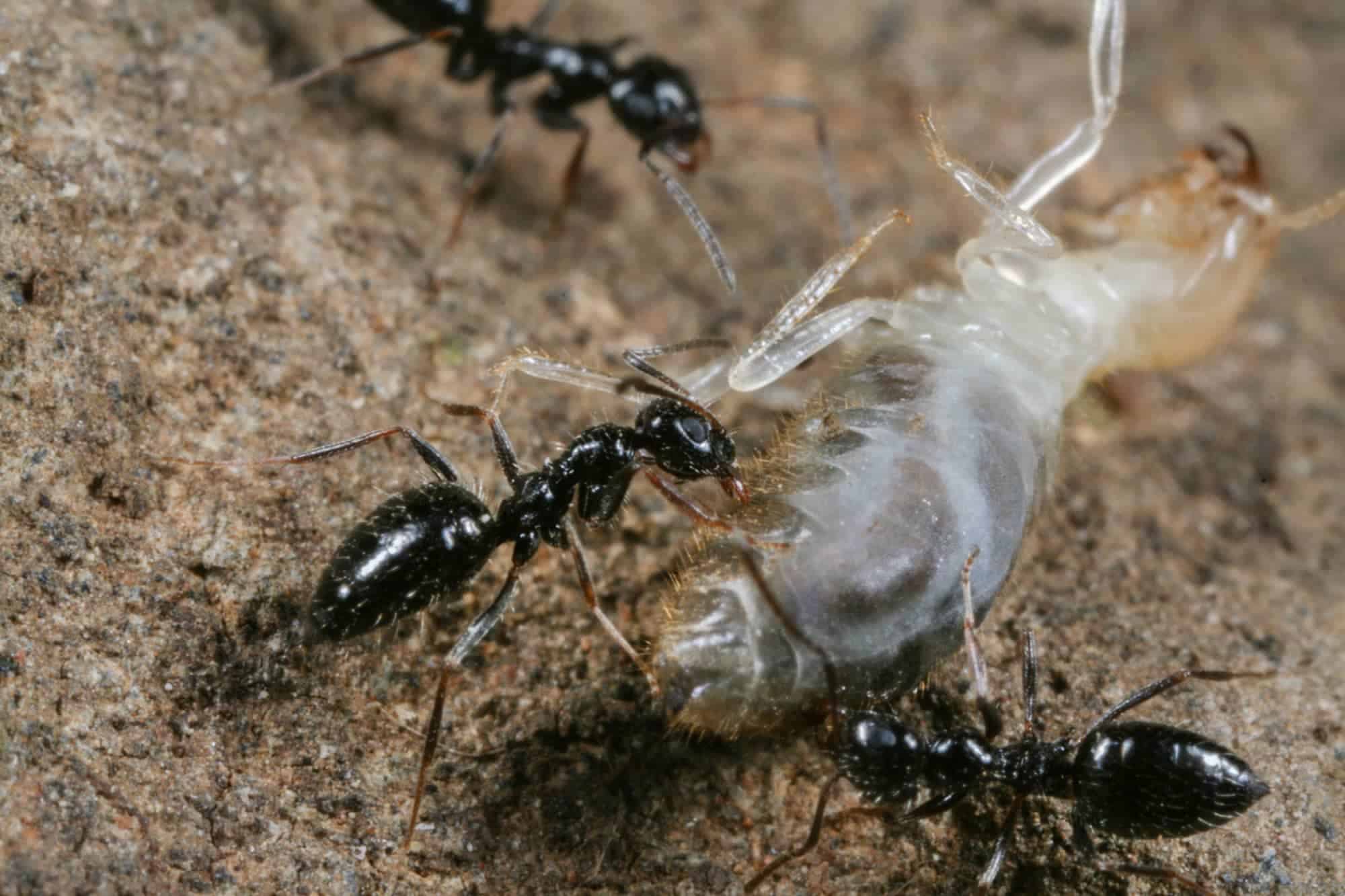
Image Credit: cnbc
Find out what kind of ants you’re dealing with
The second big question is what type of ants you’re dealing with. In this regard, we are mostly interested in the difference between swarming ants and budding ants. Here are the basics about those two types:
- Swarming ants include species such as Carpenter ants, Moisture ants, Pavement ants, and others.
These are insects that spread out into new colonies by sending out flying queen and king mating ants every spring and/or summer. While this can sound intimidating, swarming ants are actually easier to deal with as you can target their colonies with whatever over-the-counter chemicals you want and the colony won’t be able to spread to a new place because they’re not ready to swarm out yet.
- Budding ants include species such as Fire ants, Pharaoh ants, Argentine ants, Sugar ants, Odorous house ants, and others.
These species spread out into new colonies by “budding out”, meaning that their colonies will simply split up into two or smaller colonies every time they grow to a large enough size or every time the initial colony faces a significant enough threat.
This last part is key here because many methods of targeting ant colonies with sprays, ant traps, and other ant killer solutions will only lead to the colony budding and essentially doubling and prolonging your problem.
That’s why it’s absolutely crucial that you first identify the type of ant you’re dealing with and whether it’s a whole colony or just foraging worker ants inside your vehicle. The two easiest ways to do that are either to take close-up pictures of the ants and research online or to just call up pest control professionals.
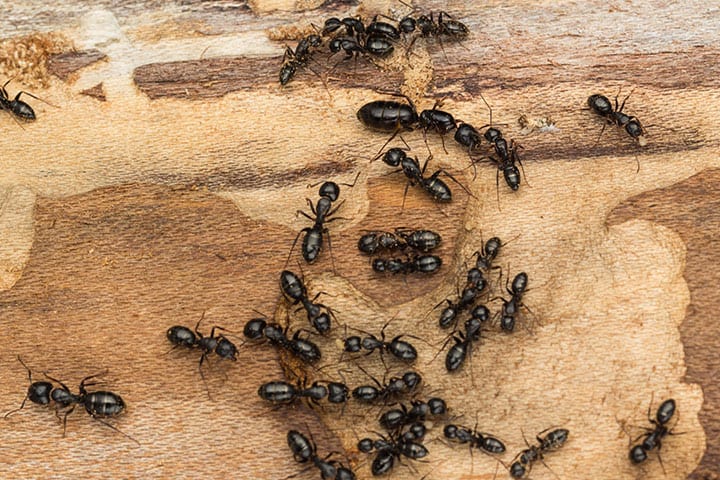
Image Credit: pestworldforkids
5 methods to consider
Once you’re aware of what you’re dealing with, what are the X best methods to deal with the problem? Here are our suggestions:
1. Clean everything thoroughly
The first step in dealing with almost any insect infestation is to clean everything with a vacuum, water, and so on. Proper vacuuming over and under the floor mats, each seat cover, and over all the crevices and cracks is especially key as it deals with a lot of the ants and it removes their food source – all the crumbs lying around in your vehicle. Going to a car wash afterward is a great idea too.
2. Use ant bait stations
These are best used outside the vehicle once you’ve cleaned it. Putting ant baits inside the car is obviously a bad idea as the baits themselves will keep leading ants inside the car – yes, they will also deal with the ants but the insects will have left pheromone trails first which means more ants in the future.
Also, keep in mind that while ant traps are a good way to reduce the presence of ants in a certain area and sever foraging lines, it often isn’t sufficient enough on their own if you have an actual colony in your vehicle.
3. Consider pesticide control
If the problem is significant enough, you may want to grab the spray bottle and start showing your car’s interior spaces with chemicals. The better you’ve cleaned your car before that, the more effective this is going to be.
Likewise, if the infestation is especially significant, you may want to apply the ant spray under and inside certain hard-to-reach areas and not just spray broadly over the top of the upholstery. And, again, if you’re dealing with budding ants, keep in mind that this process may force the colony to split and lead to a larger problem inside your garage or home. In those cases, fogging may be your last resort.
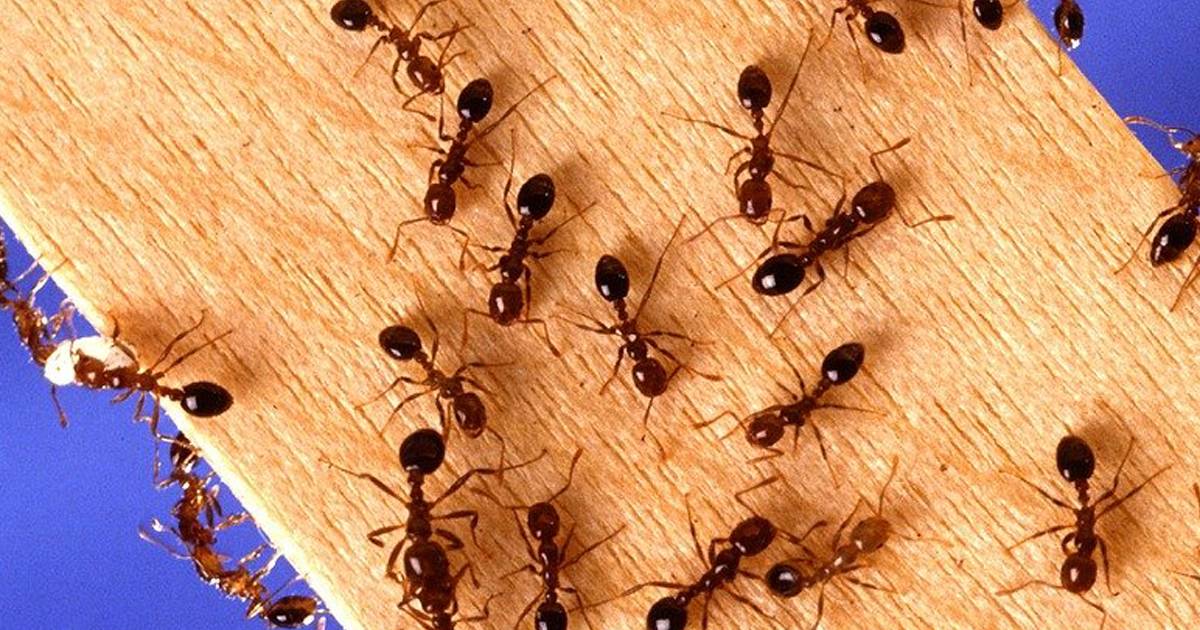
Image Credit: buffalostate
4. Fogging
Also known as “bug bombs”, this method involves emptying a certain enclosed space – your car, in this case – and gassing it with a pesticide “bomb” to completely wipe out all insects inside – not just ants, as seen here. A lot of people are understandably hesitant about this method but sometimes it is unfortunately necessary.
5. Essential oils and other homemade and/or chemical-free solutions
If you’re adamant that you want to avoid chemicals, the other option is lighter methods such as an essential oil spray, a vinegar spray, or applying salt chalk on ants’ foraging pheromone lines.
A standard spray can include soda mixed with pepper, cinnamon, citrus, peppermint, and other essential oils. There are quite a lot of options, as many guides and videos such as the one below showcase. This won’t be as effective as a strong commercial insecticide but it can be enough if you catch the problem early enough.
How to prevent ants from infesting your car in the future?
The simplest thing to do to avoid having to deal with ants in your car is to keep your vehicle clean of any food trash. As long as you maintain a clean car interior, there should be no reason to worry about an ant infestation. Trying not to park next to an ant hill every day is also a good idea.
In conclusion
Ant infestations are often tricky, especially when they happen in a tight place you don’t want to bug bomb or take them apart. No situation is unmanageable, however, and there’s always a way to deal with the ant invasion – you just have to make sure that you’re using the right solution for the problem.
